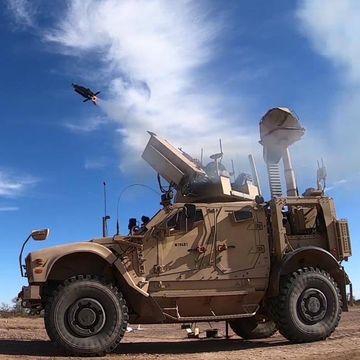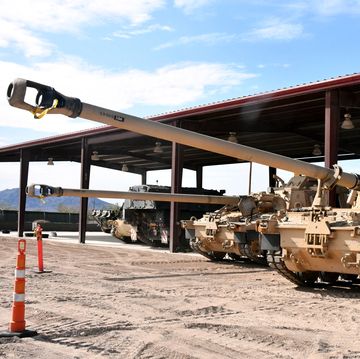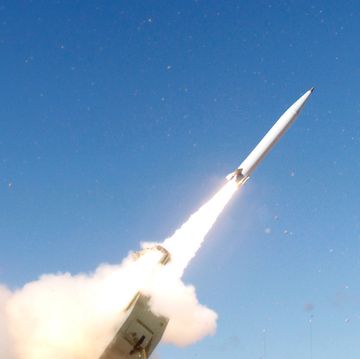Congress threw down the gauntlet at the Air Force on Monday, introducing legislation to mandate keeping the A-10 Thunderbolt II—affectionately known as the Warthog—in service until the service can prove the new F-35 Joint Strike Fighter can take over its job.
As reported by DefenseNews, Chairman of the House Armed Services Committee Mack Thornberry has introduced legislation to forbid the Air Force from retiring the plane. Thornberry's proposed law would prohibit the Air Force from using funds to retire the A-10, and would forbid the service from reducing manning levels for the aircraft. It would further mandate the Air Force keep a minimum of 171 A-10s in active service.
Thornberry's law would keep the A-10 in service until the results of a 2018 competition between the A-10 and F-35A are complete. The two planes will engage in a fly-off, performing various ground support duties, to see which is the most capable in supporting troops on the ground.
The reason why the competition isn't happening now is because the F-35A is at least four years late in entering service. The plane was was originally supposed to achieve initial operating capability (meaning, fully capable of its duties) with the Air Force in 2013, but that date has slipped to at least 2017—for now. Further delays would postpone the competition.
The Air Force has repeatedly argued that the A-10 is no longer survivable over heavily defended airspace, and that the funds and manpower used to keep the Warthog fleet flying are needed to ramp up the Joint Strike Fighter instead. The Air Force has proposed using the F-35 to replace the A-10 in high-end conflicts, but critics contend the airplane is too expensive to devote to the close air support role, is inferior to the A-10 in the "low and slow" close air support environment, and has a comparatively anemic weapons loadout.
The A-10 Warthog is currently in action in the Middle East, conducting air strikes against the Islamic State.

Kyle Mizokami is a writer on defense and security issues and has been at Popular Mechanics since 2015. If it involves explosions or projectiles, he's generally in favor of it. Kyle’s articles have appeared at The Daily Beast, U.S. Naval Institute News, The Diplomat, Foreign Policy, Combat Aircraft Monthly, VICE News, and others. He lives in San Francisco.













